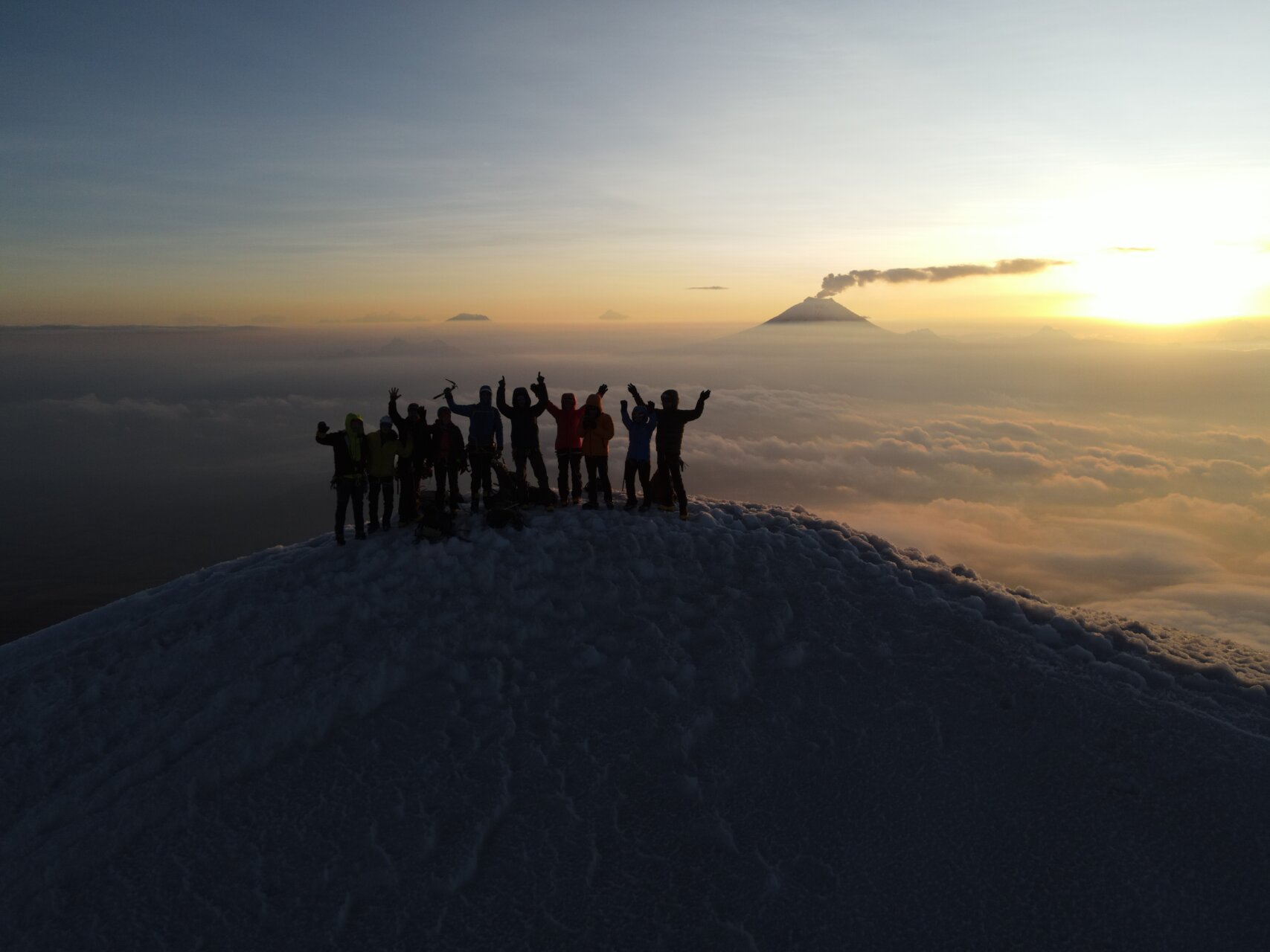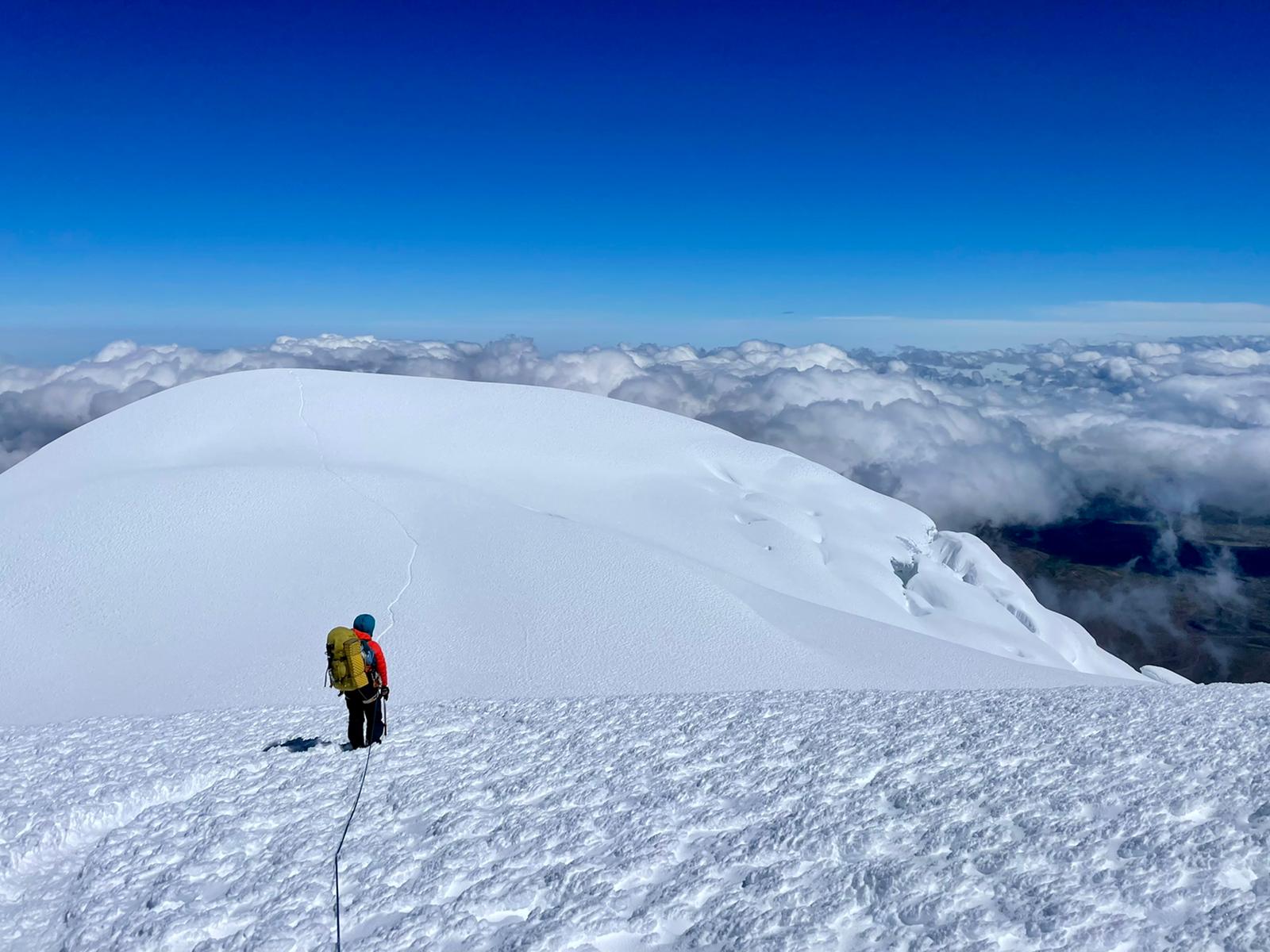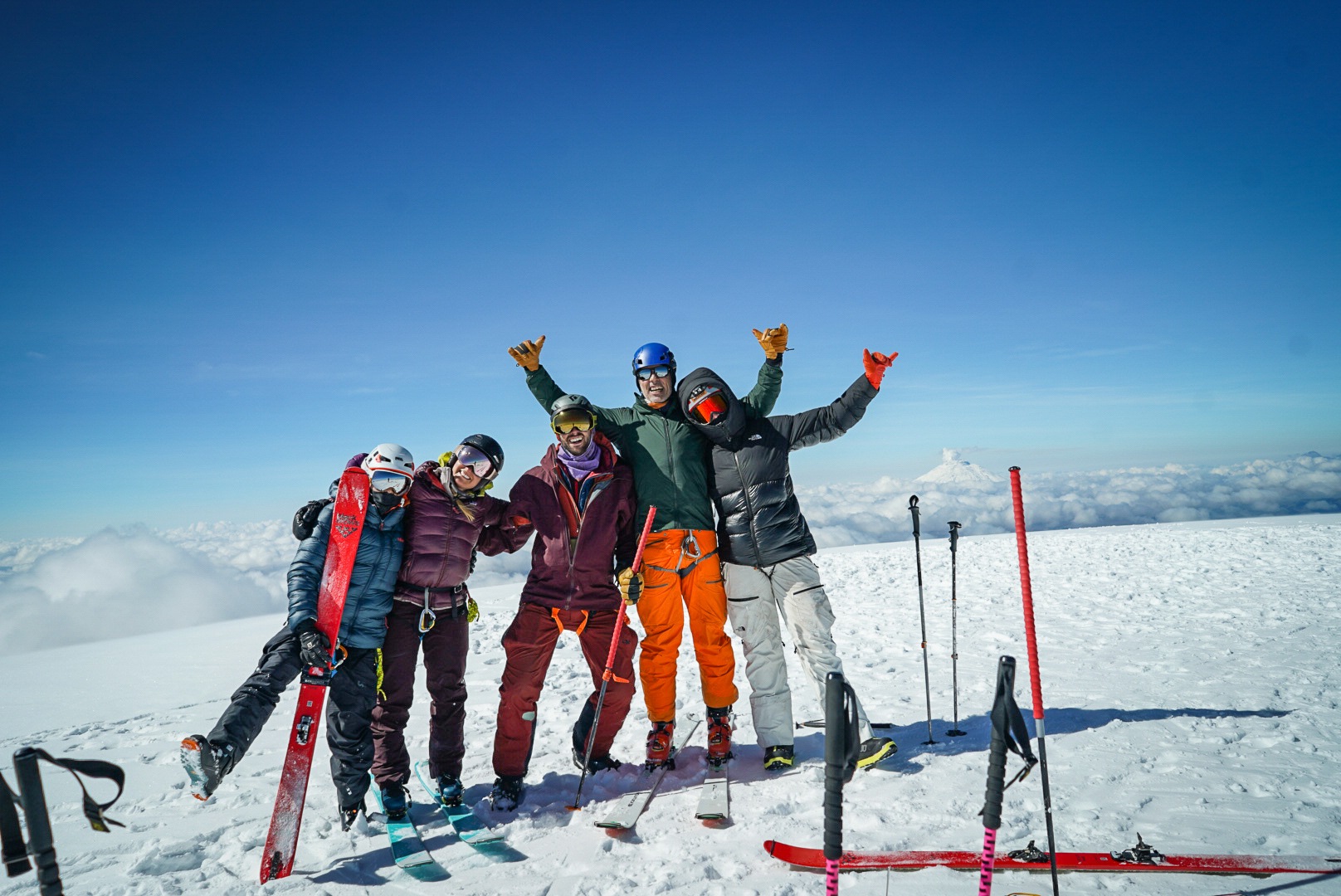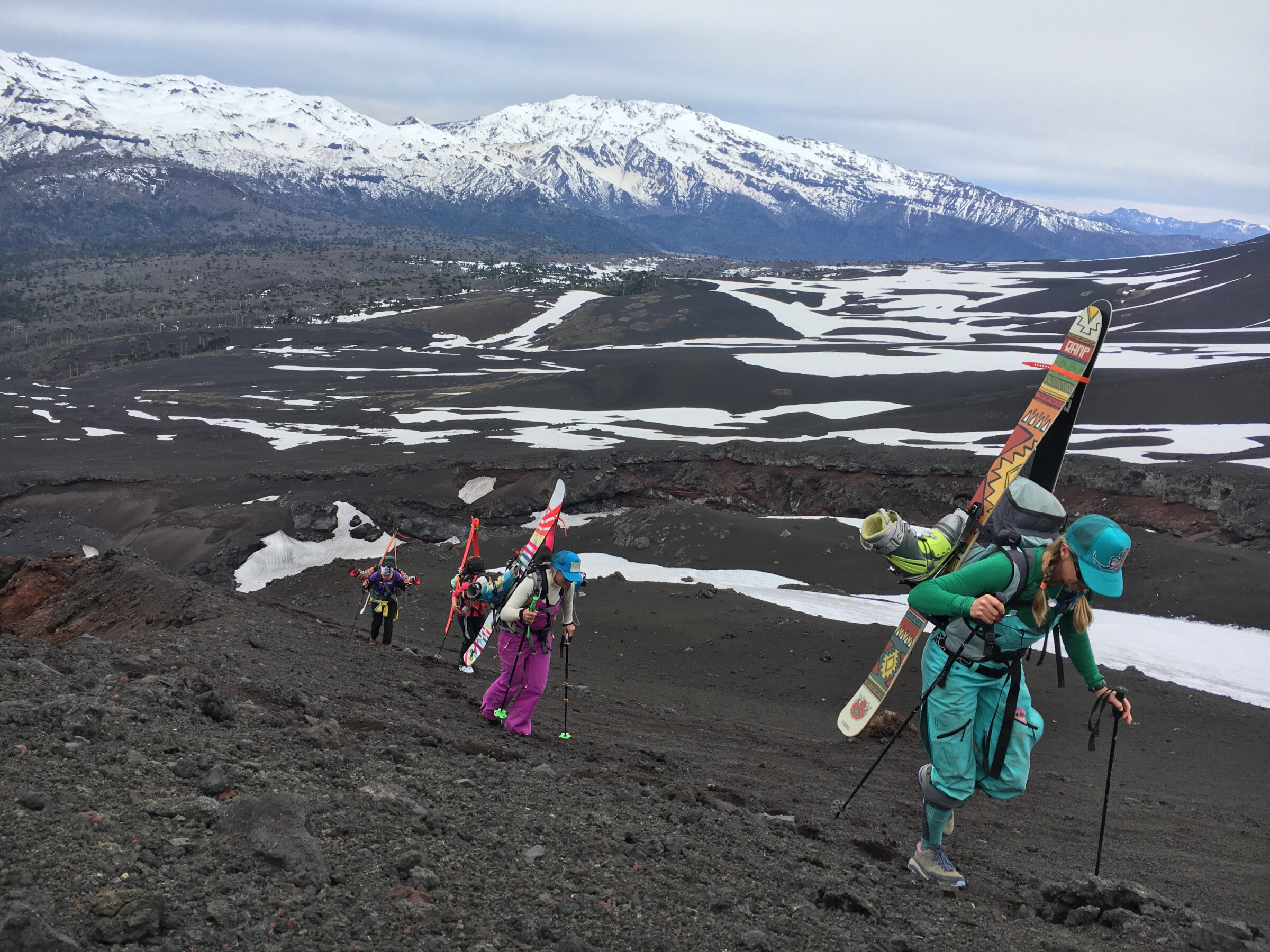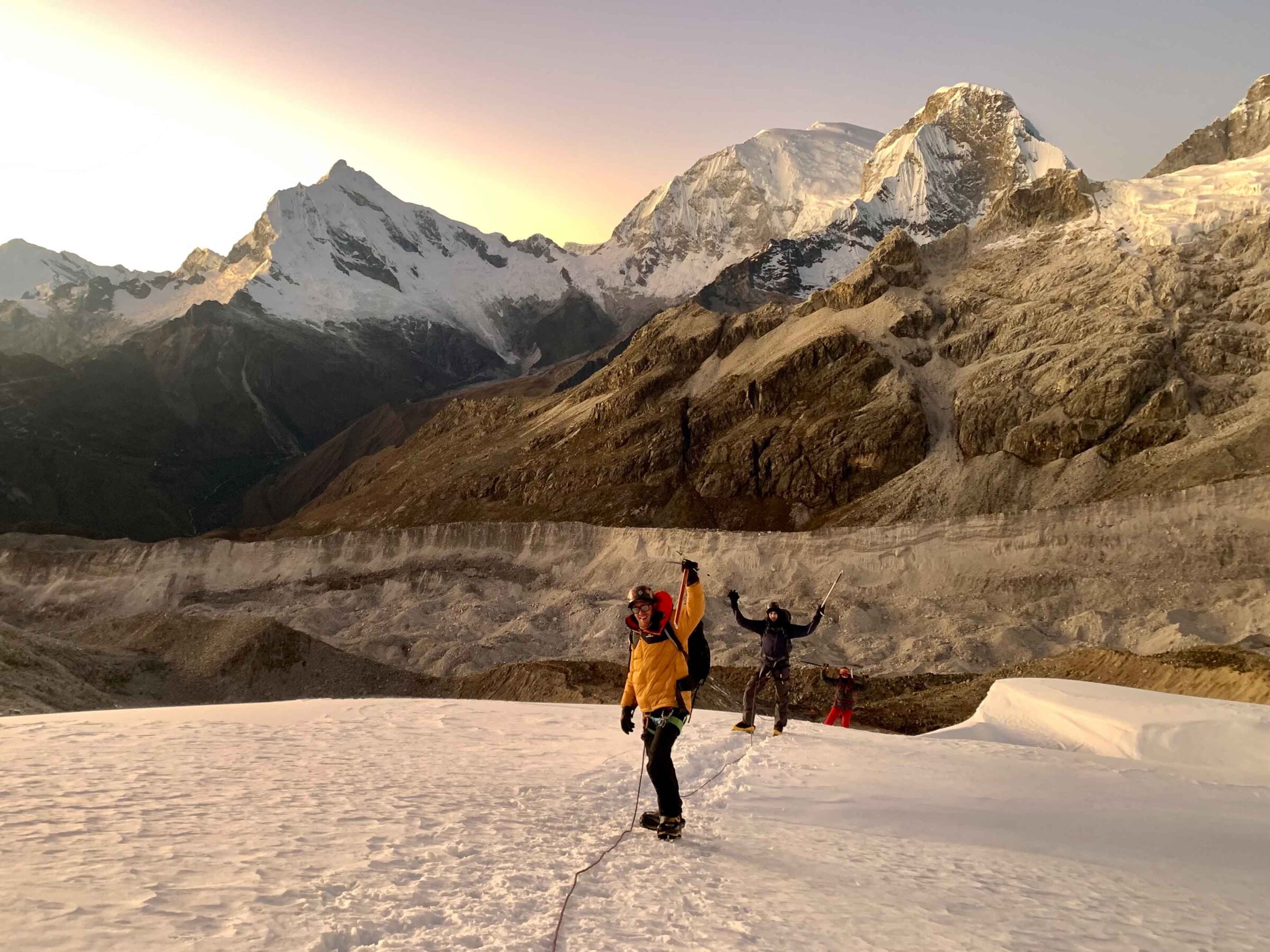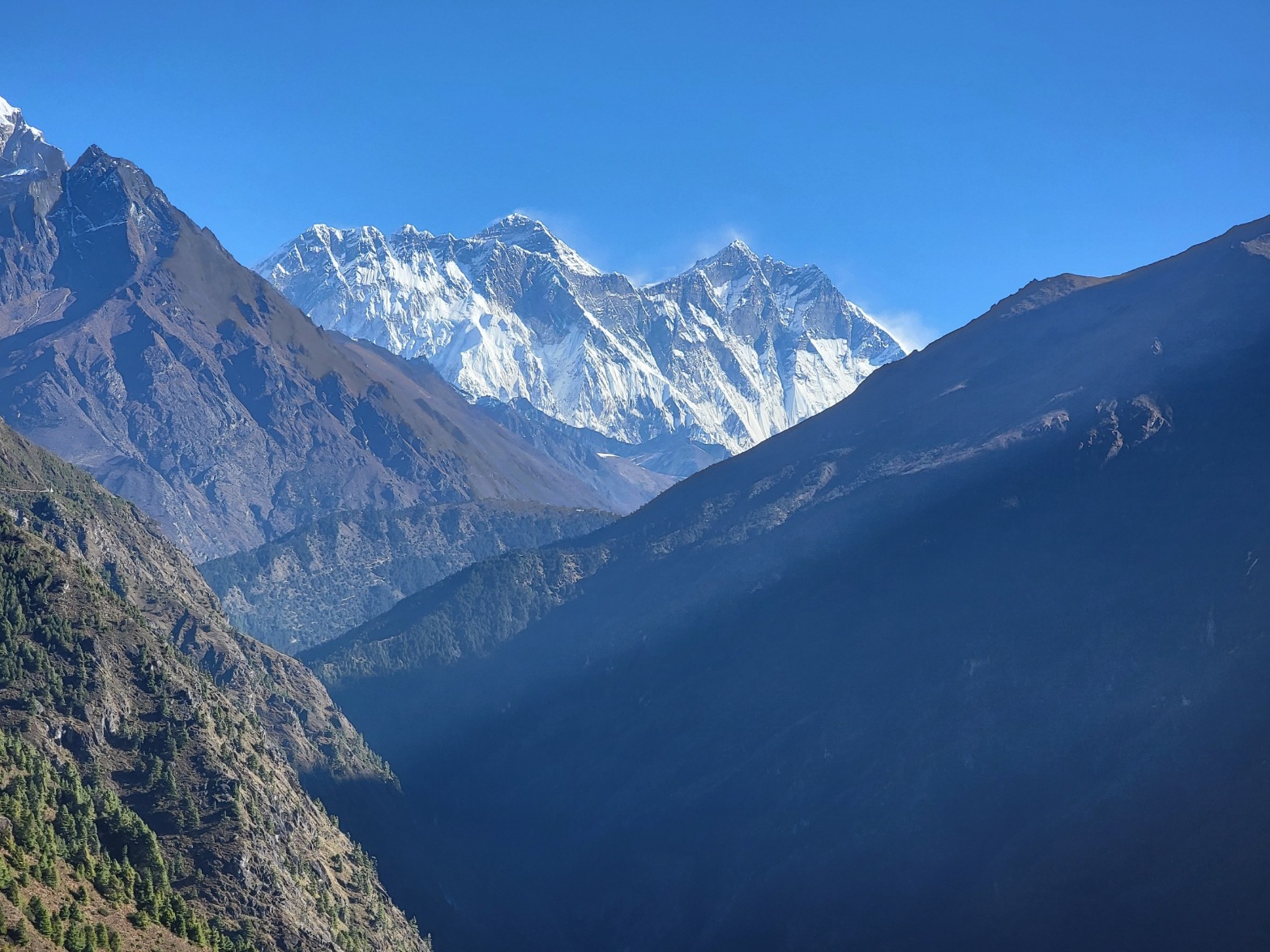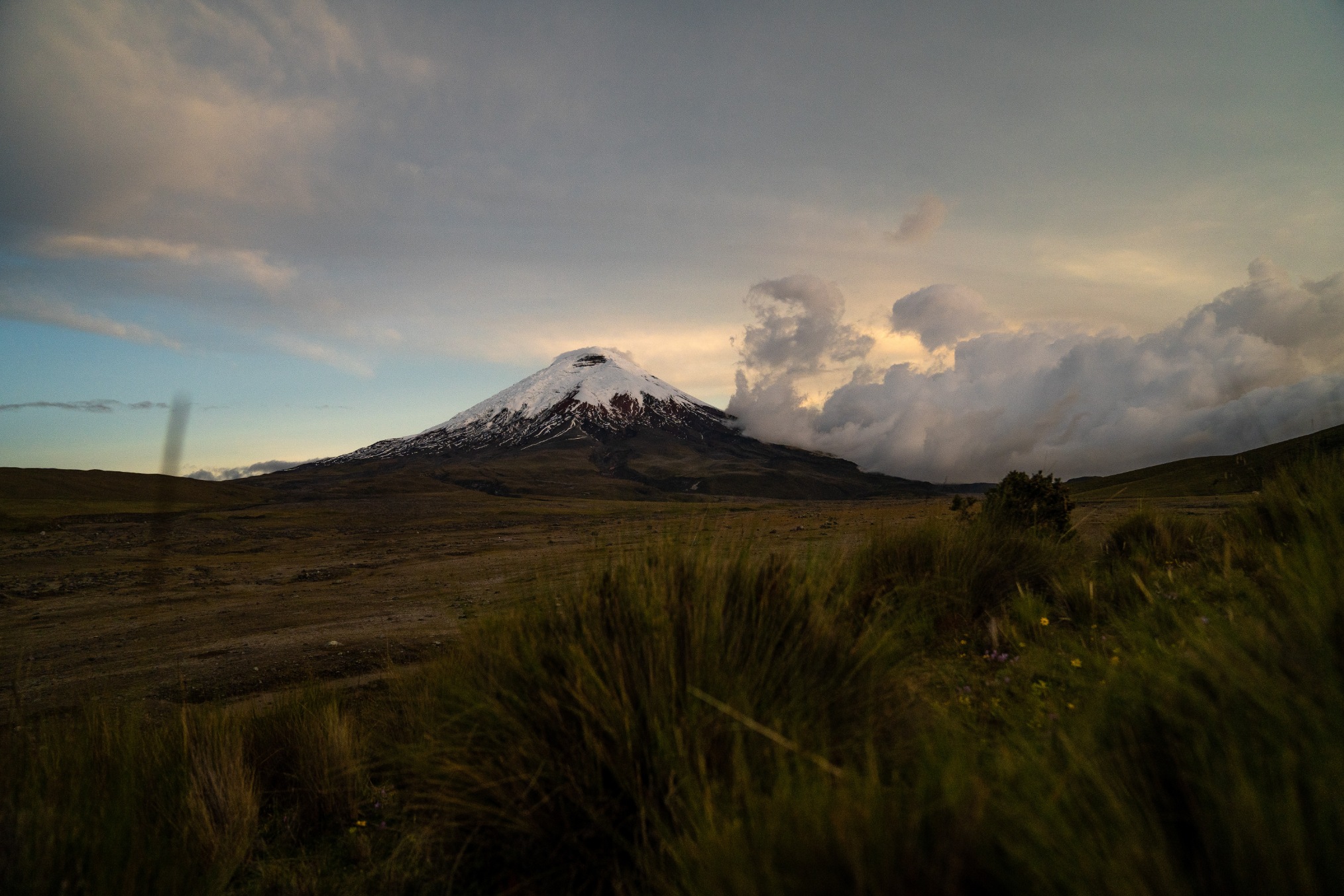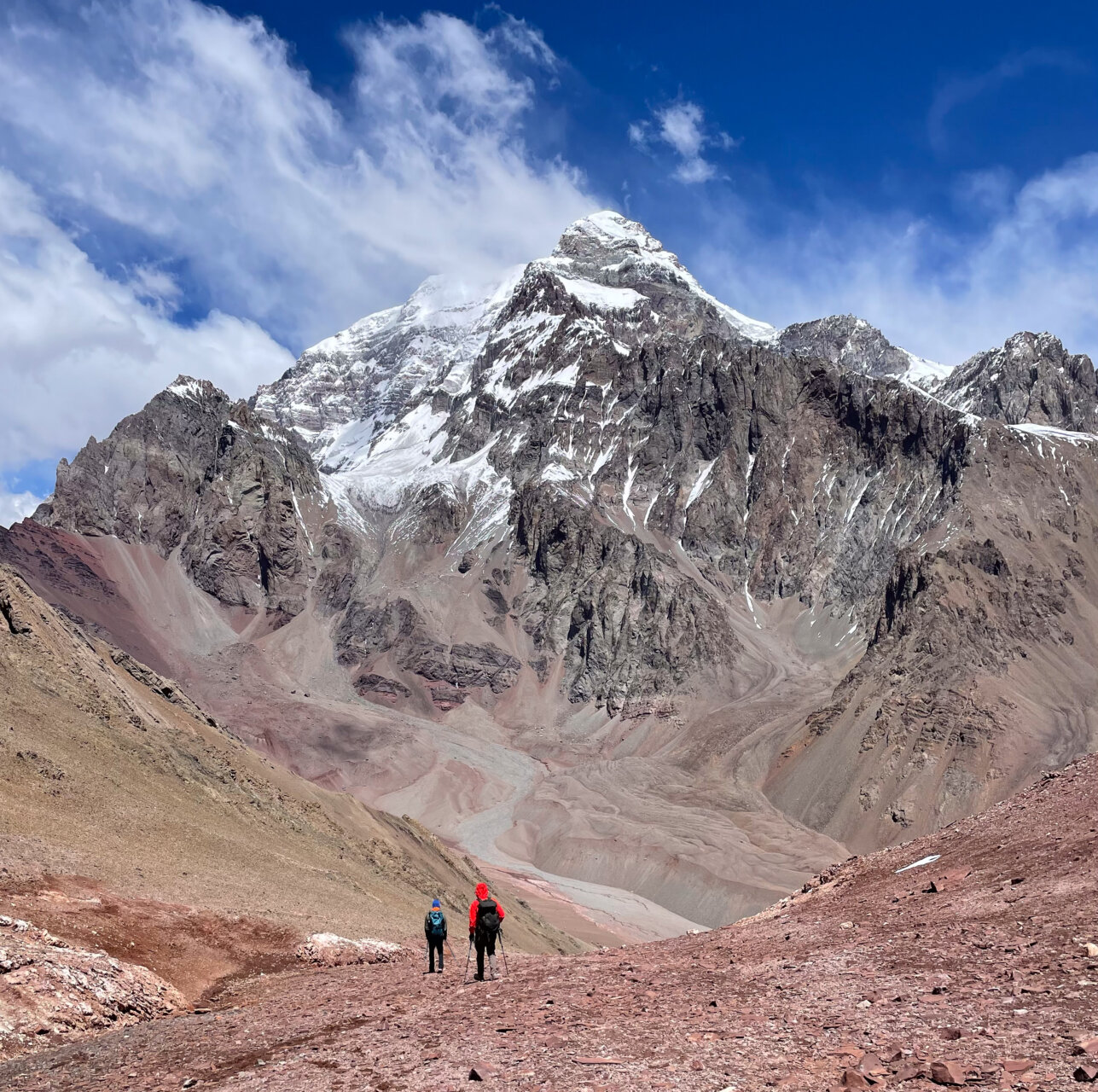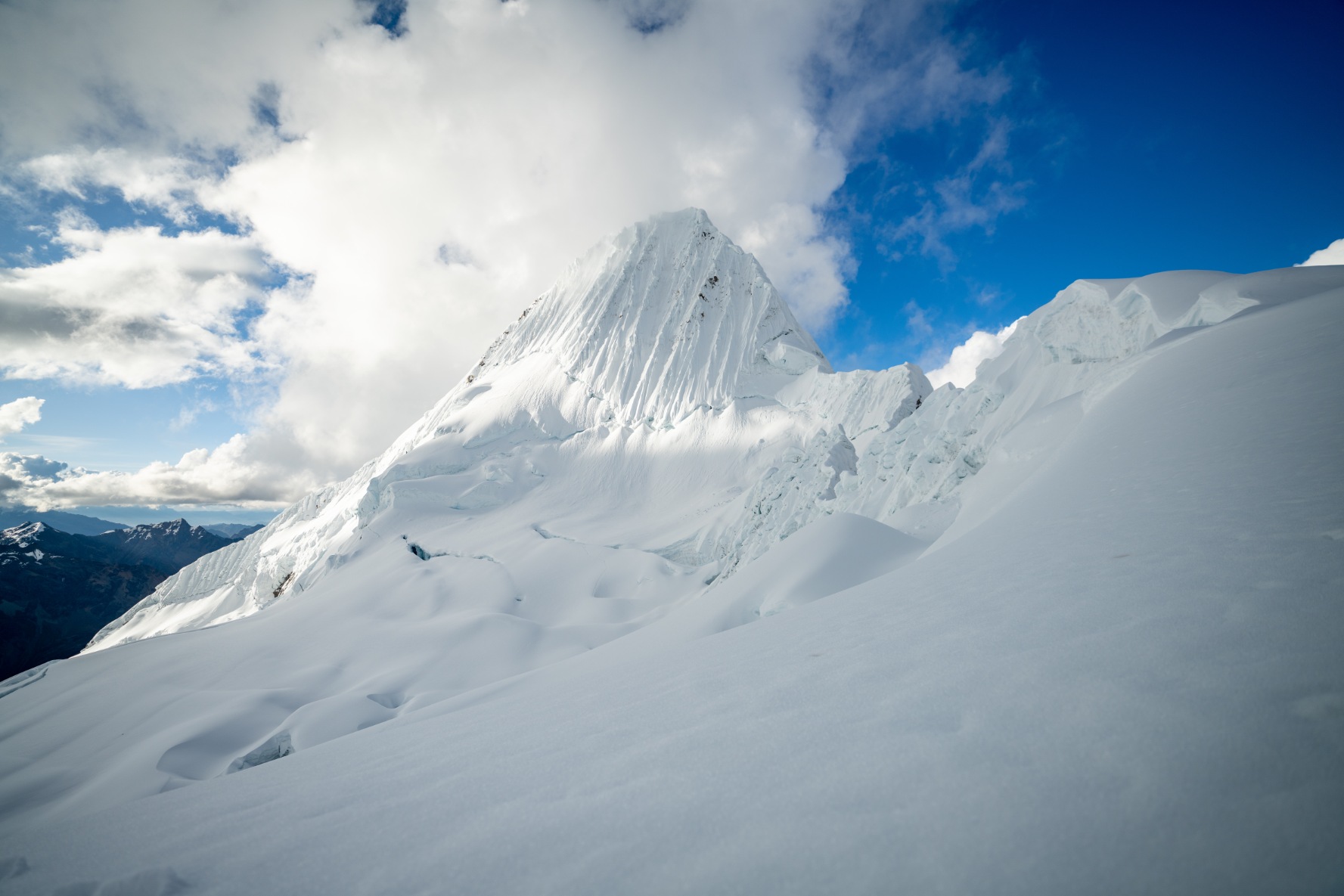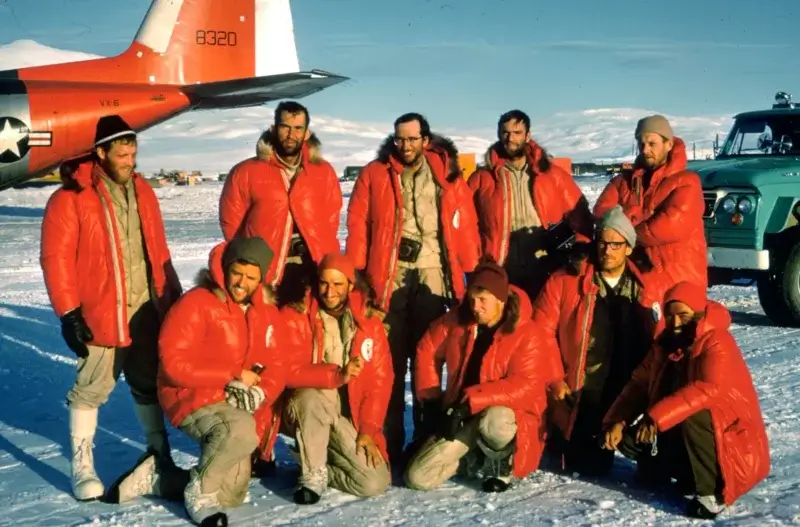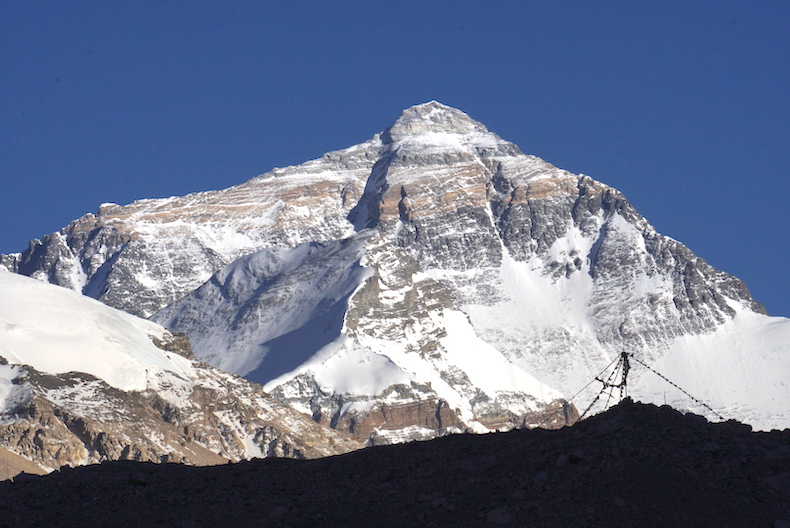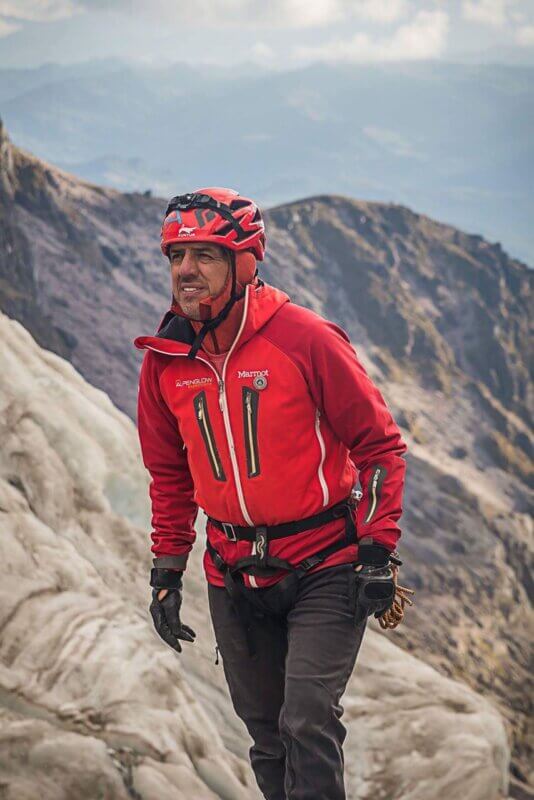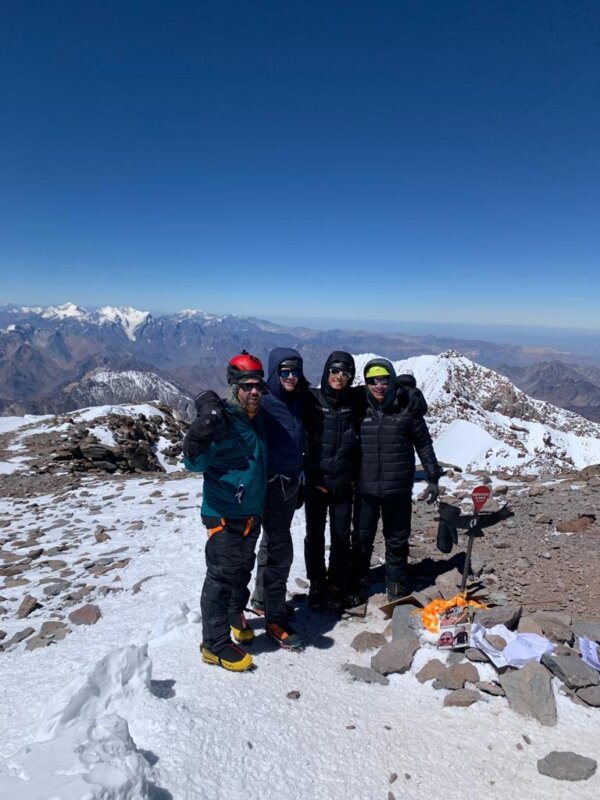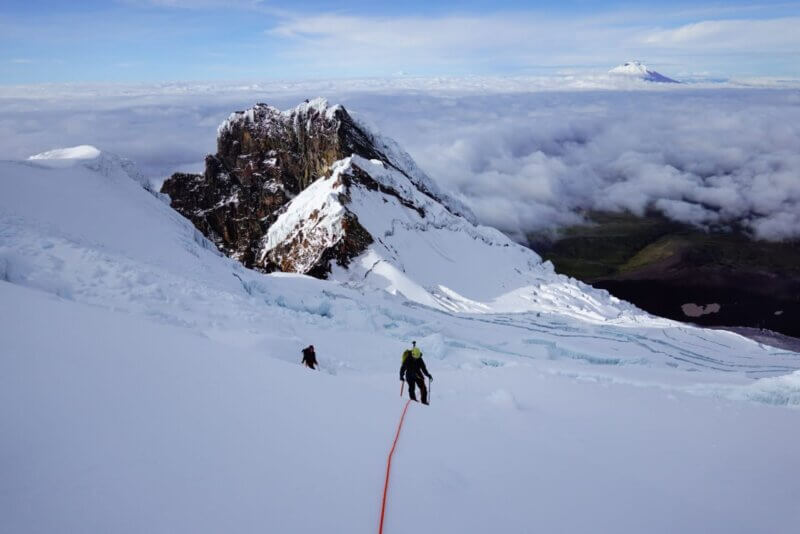“Give Yourself the Time”: Graduating from Trekking to Climbing with Topo Mena
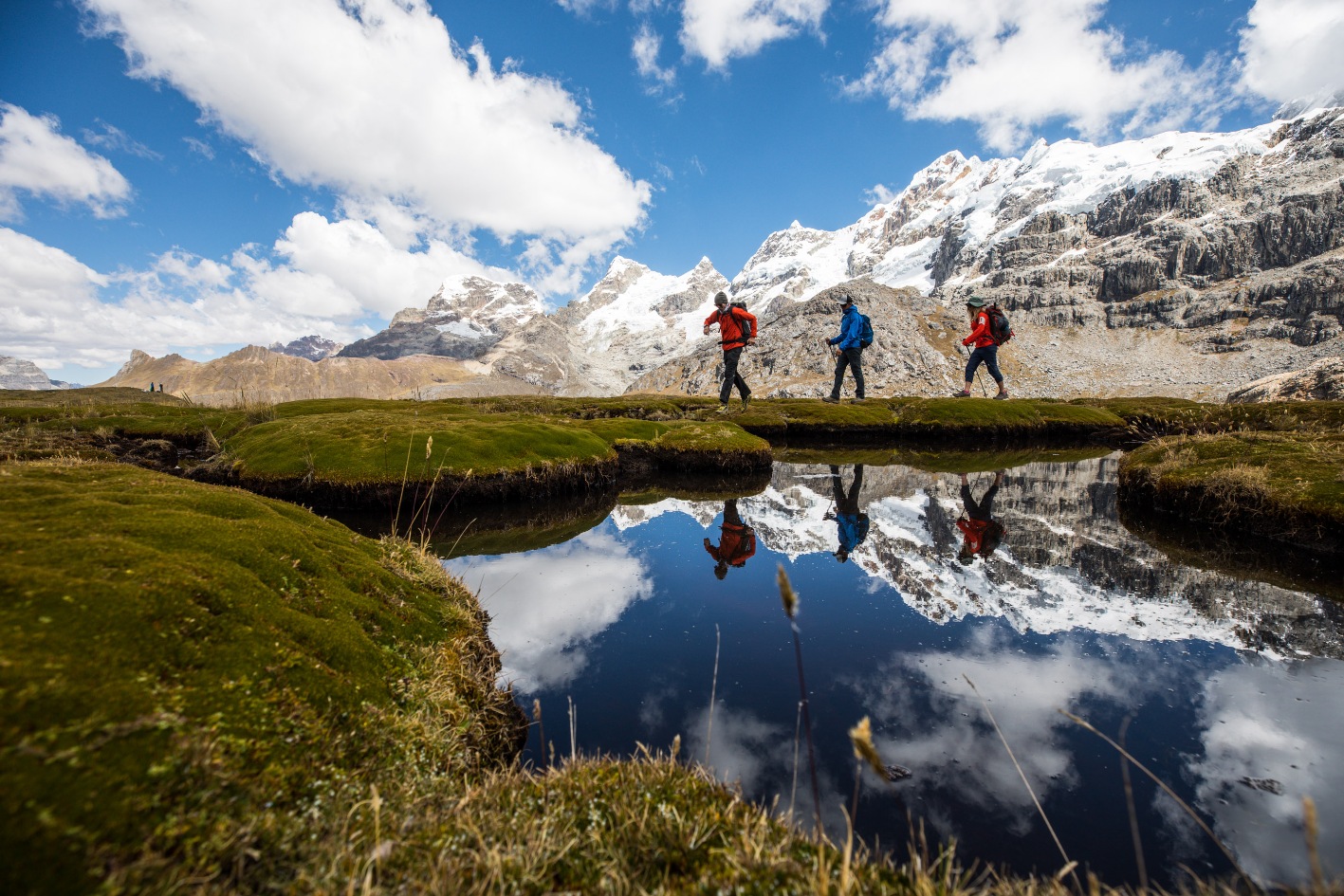
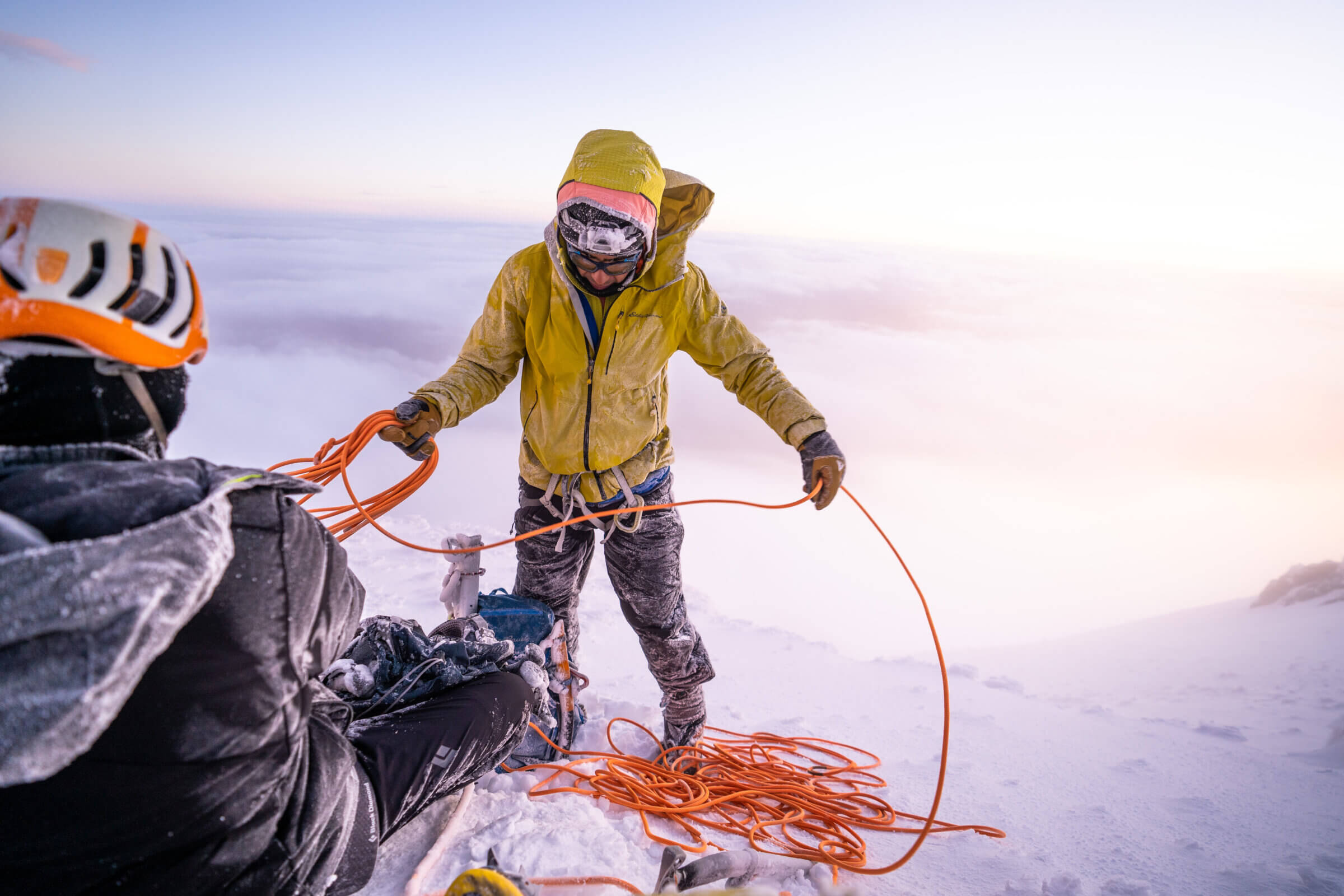
If you’ve ever seen photos of mountaineers plodding toward the summits of 8,000 meter peaks and thought about how far away, even impossible it seems, it’s important to remember that every one of those climbers began by spending time walking in the mountains. They have to start somewhere. While ‘walking’ may sound trivial, a number of big mountains involve a lot of walking, albeit in extreme places. To talk about the journey, we connected with IFMGA-certified Alpenglow guide Esteban ‘Topo’ Mena about graduating from trekking to climbing. For beginners, he had this advice to offer: “At first, it’s important to give yourself the time to walk in the mountains and appreciate the land and the opportunity to just be there.”
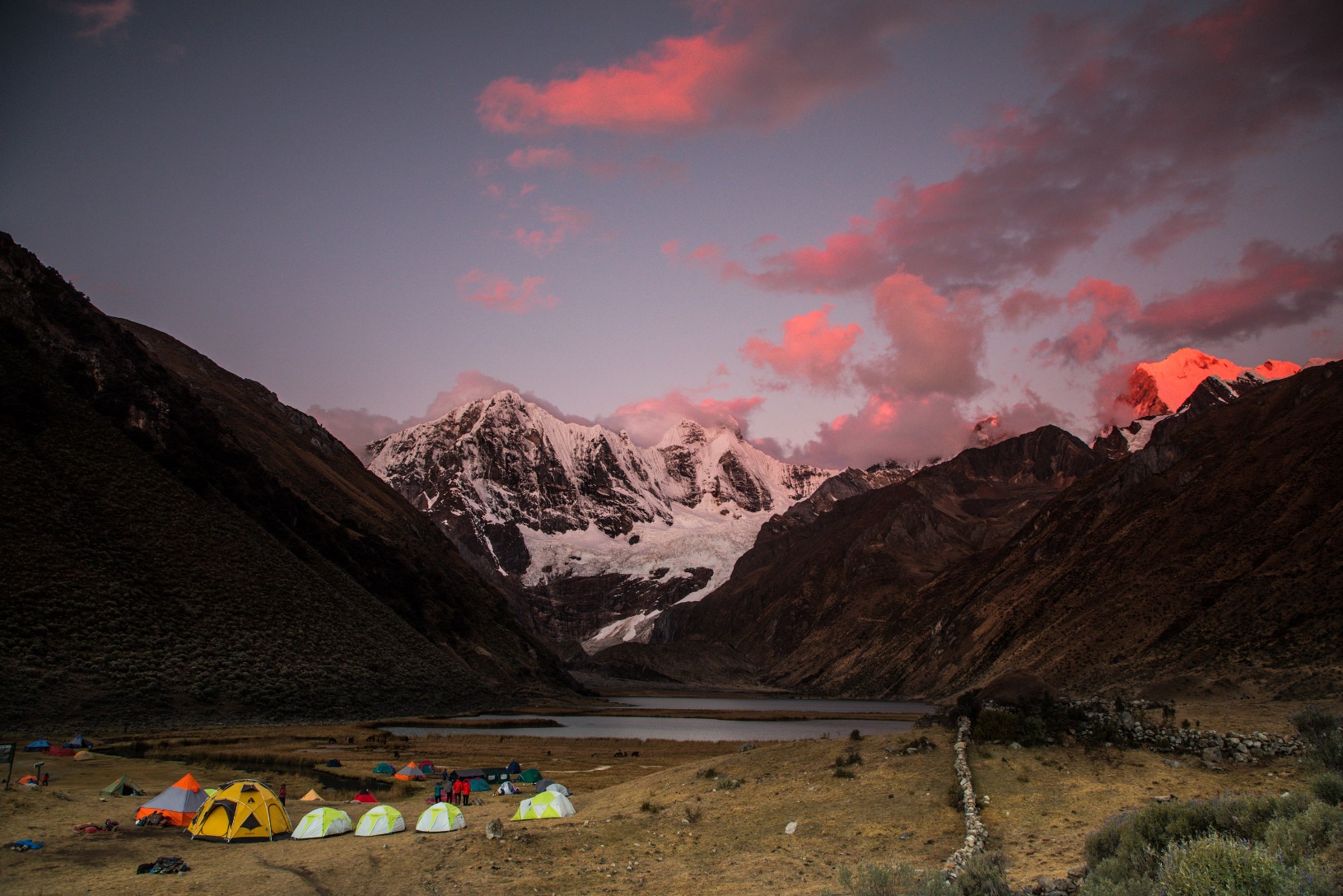
Cordillera Huayhuash Trek
17 days and nearly 80 miles walked while you circumnavigate one of the wildest mountain ranges in the world. Home to the mountain best known from Touching the Void, Siula Grande (20,814’/6,344m), right next to the famed Jirishanca (19,993’/6,094m) and Yerupajá (21,768/6,635m), the Cordillera Huayhuash has been home to some of the most extreme expeditions and stories in the world. Here we have the opportunity to see these mountains, experience the local Peruvian culture, and let your imagination fly around these peaks, their lines of ascent both climbed and unclimbed, and the stories that have come from them. Our guides here are among the most experienced alpinists in the industry, like Carla Perez, one of the very few who’s reached the summit of Yerupajà, and Ignacio Espinosa, who’s climbed here for decades. Each member of our guide team offers a unique cache of personal stories either from friends’ or their own expeditions in the Huayhuash.
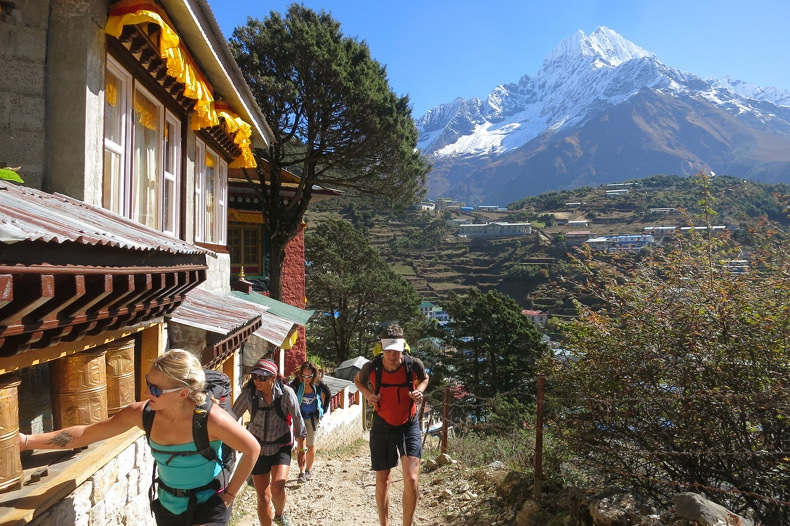
Everest Base Camp Trek
This is an opportunity to trek through an area that is a cornerstone of all mountaineering history, and the Sherpa people and culture have had a transformative impact on the Khumbu Valley. When I think about Everest Base Camp, I think more than anything else about understanding this culture: their generosity, their experience, their kindness, and doing that in the shadow of some of the most extreme and special mountains in the world. Every village has its own touch, its own personality … everywhere there is someone willing to tell a story about their life in the mountains, about climbing, about what it means to be at the base of the highest mountain in the world. You even feel like the rocks are speaking to you. It wasn’t until people entered the Khumbu for the first time that people began to consider that anyone could reach the top of Mt. Everest, for example, and traveling to the Khumbu Valley is an opportunity to step into the shoes of those very same people. These are the same places that Hillary and Norgay walked over over fifty years ago before making the first ascent. Trekking to Everest Base Camp is an opportunity to witness something incredible, this is a must-do if you live on this planet. And while seeing Everest itself is incredible, it is the journey there—the people you meet, the stories you hear, the overall vibe of the Khumbu valley, and the energy that pushes people to do great things—it’s all here.

Kilimanjaro
One of the most common first steps in graduating from trekking to climbing is an attempt on Kilimanjaro. This mountain is attractive because it offers the opportunity to summit something, and Kilimanjaro isn’t just something. It’s the tallest freestanding mountain in the world, and the route starts down in the jungle where life is most abundant on our planet all the way to the high places where life hardly exists. From there, you keep moving over the course of roughly 7 days until you reach the summit of the tallest peak in Africa. It’s one of the very few places on the planet where you can experience these diverse environments with such a high level of comfort, thanks to our local guides and logistics operators in Tanzania (not to mention some of the best coffee in the world). Kilimanjaro is an important stop on anyone’s journey to understand what it means to experience high altitude. This is an opportunity for beginners to experience what it’s like to stand at the tallest peak somewhere.

Climbing Schools in Ecuador and Peru
Say you’ve done one of these treks and you’ve climbed Kili, there remains a bridge to cross before climbing more technical and/or high altitude peaks. When we speak to hopeful climbers who’ve had their curiosities sparked, some experiences require the development of other skills, and that’s where our mountaineering schools in Ecuador and Peru come in. Mountain awareness is a soft skill developed over time spent in the mountains, and spending two weeks on the volcanoes of Ecuador or in Peru’s Cordillera Blanca is the perfect opportunity to get to know yourself and how you operate in the mountains.
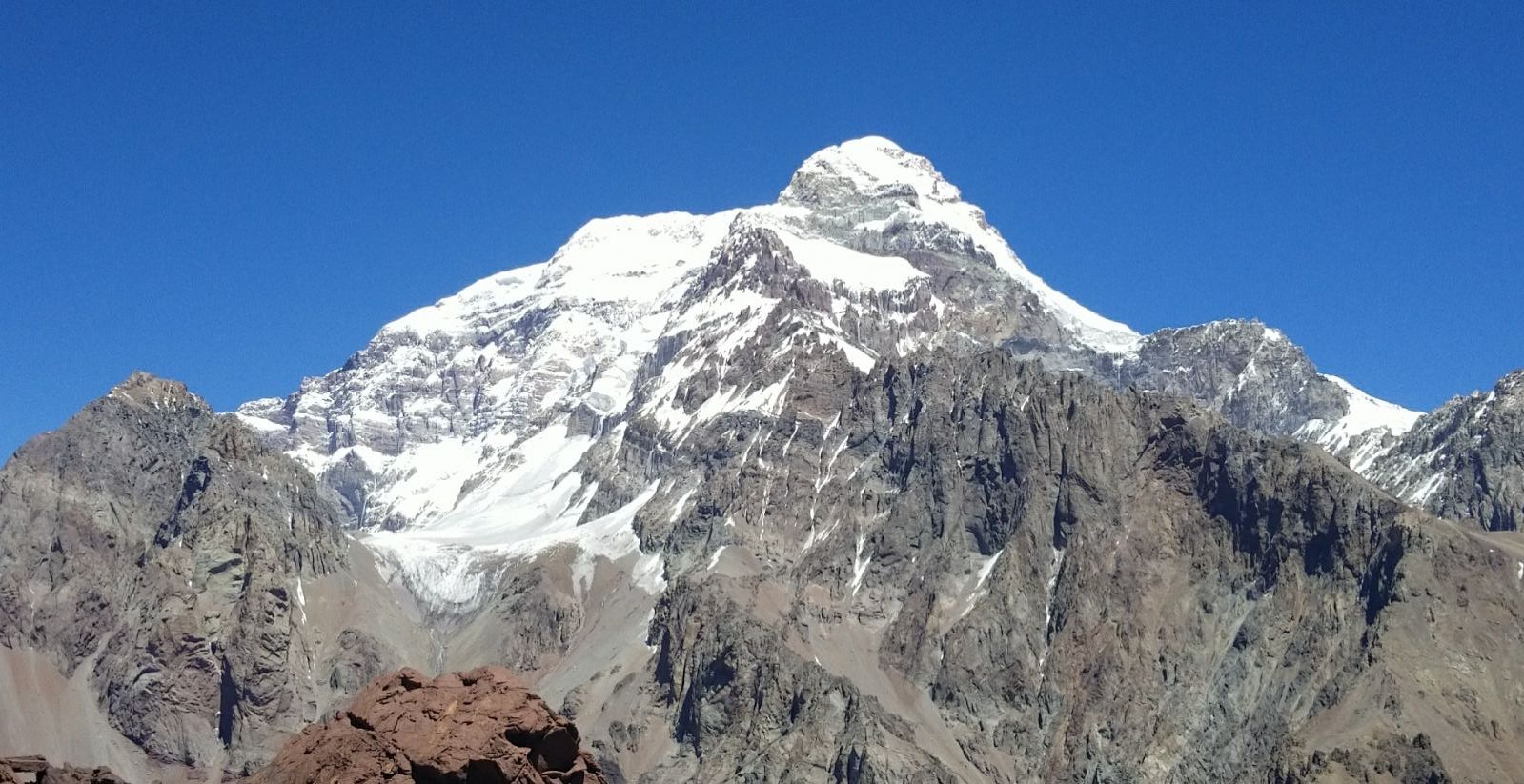
Aconcagua
If there were such a thing as a goddess of walkable peaks, it would be Aconcagua. For the most part, the 360 Route doesn’t involve technical climbing, but it’s still such a big mountain. The character of the Andes in this part of the range has a history: even the Incas were going to 6,000+ meters to conduct ceremonies and funerals, because this part of the world allows you to walk very, very high. A lot like Ojos del Salado, you spend every day on Aconcagua walking. But in this environment, it becomes an adventure regardless of what you’re doing, whether you’re climbing or walking or somewhere in between. It’s about experiencing altitude in one of the most beautiful places in the world, between the Atacama Desert and the Mendoza wine country.
Interested to give yourself time in the mountains? Click HERE to schedule a call with our staff to get started on your journey.
